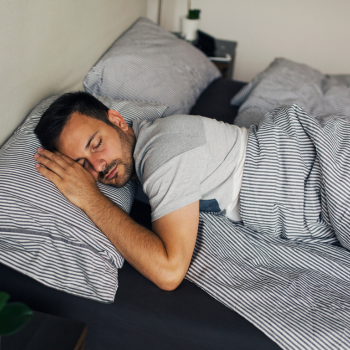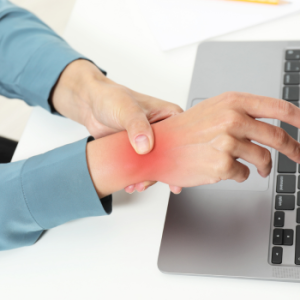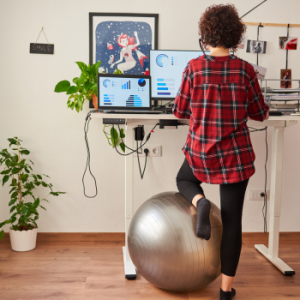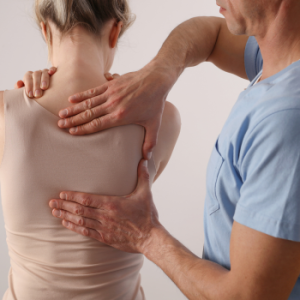This is a very common and important question I get asked every day in practice. Sleep posture is commonly overlooked and taken for granted. But when you break down a day and conservatively estimate that you might be in bed for 7-8 hours each night, you can appreciate that how your spine is positioned for 1/3 of a 24-hour period is important right? Here are some general guidelines to follow:
- Back or side sleeping is the best option. If you’re still sleeping on your stomach, it is time to stop. This is particularly important for neck health as sustained neck rotation will result in consistent stiffness and an increased likelihood of acute facet locks, commonly known as a Rye neck or torticollis.
- If you are sleeping on a bed that has your spine looking and feeling like you’re in a hammock, it’s time for a new mattress. Look for a mattress, which will comfortably allow your hips and shoulders to sink in but maintain adequate support for your spine. This is a very personal choice, and you should trial a few beds before buying. Most people gravitate to a soft-medium density mattress.
- Pillow height is extremely important. For side sleepers you will want a pillow which supports your head by keeping it square between your shoulders. If your pillow is too high, it will compress one side of your neck. Same goes if your pillow is too low – if you are sleeping with your arms under your pillow that is probably why. A contoured pillow will sort this out and, in most cases, sleeping with the higher side closest to your shoulders will ensure the best neck posture.
- For side sleepers it is also important to minimise rotation of your trunk. You want to make sure you aren’t sleeping like you are ringing out a dish rag. Try and keep your shoulders and hips in relative alignment to ensure a neutral spine. Sleeping with the dooner or a small pillow between the knees can stop excessive torsion of the spine.
- Back sleeping is pretty straight-forward but the thing to watch is a pillow that is too high. You don’t want to sleep on your back with a flexed neck. A contour pillow will mould to the neck and ensure your neck curve is supported.
- If you are waking consistently through the night, consistently stiff in the mornings or waking with headaches regularly it is time to have your spine assessed by a chiropractor. We would love the opportunity to be of service.





